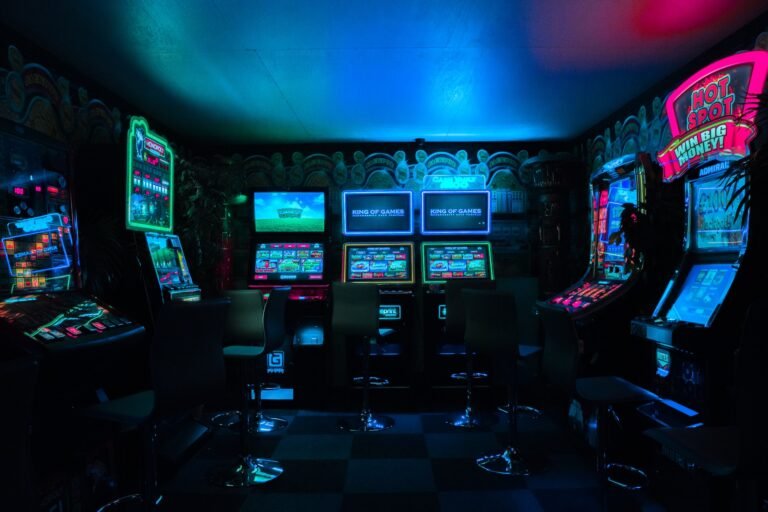Hiphop Grafiti: A Vibrant Expression of Urban Culture
Hiphop Grafiti, also known as urban graffiti or street art, is a vibrant form of artistic expression deeply rooted in urban culture. From its humble beginnings in the streets of New York City during the 1970s, hiphop graffiti has evolved into a global phenomenon, captivating both artists and enthusiasts alike. In this article, we will delve into the fascinating world of hiphop graffiti, exploring its history, techniques, impact, and the artists who have made significant contributions to this dynamic art form.
The Origins of Hiphop Graffiti
The birth of Hiphop Grafitii can be traced back to the South Bronx in the early 1970s. It emerged as a form of creative rebellion and self-expression in marginalized communities, providing an outlet for artistic talent and a means to reclaim public spaces. Hiphop graffiti artists, known as “writers,” would use spray paint and markers to leave their mark on subway cars, walls, and other surfaces, often incorporating vibrant colors, intricate designs, and stylized lettering.
Techniques and Styles in Hiphop Graffiti
Hiphop graffiti encompasses a wide range of techniques and styles, each with its own unique characteristics. Let’s explore some of the most prominent techniques used by hiphop graffiti artists:
1. Tagging
Tagging is the simplest and most basic form of hiphop graffiti. It involves writing one’s name or tag in a stylized manner using markers or spray paint. Tags are often quick and expressive, serving as a signature for the artist.
2. Throw-ups
Throw-ups are larger and more elaborate versions of tags. Artists use bubble letters and fill them with solid colors, adding a three-dimensional effect. Although throw-ups are relatively quick to create, they require a certain level of skill and style.
3. Wildstyle
Wildstyle is a complex and highly stylized form of hiphop graffiti that focuses on intricate lettering and interlocking shapes. Artists often incorporate arrows, curves, and other elements to create an abstract and visually dynamic composition.
4. Murals
Murals are large-scale hiphop graffiti artworks that cover entire walls or buildings. They allow artists to showcase their skills and creativity on a grand scale. Murals often depict vibrant characters, cultural symbols, and social messages.
5. Stenciling
Stenciling involves creating hiphop graffiti by cutting out shapes or designs on a stencil and then spraying paint over it onto a surface. This technique allows for more precise and detailed artwork.
The Influence and Impact of Hiphop Graffiti
Hiphop Grafiti has had a profound influence on various aspects of popular culture, ranging from art and fashion to music and advertising. Its impact can be seen in the following areas:
1. Art and Design
Hiphop graffiti has expanded the boundaries of traditional art forms and challenged established norms. Many hiphop graffiti artists have transitioned into the mainstream art world, showcasing their work in galleries and museums worldwide.
2. Fashion and Streetwear
The vibrant and bold aesthetic of hiphop graffiti has influenced fashion and streetwear brands. Graffiti-inspired patterns, designs, and motifs can be found on clothing, footwear, and accessories, allowing individuals to express their connection to urban culture.
3. Music and Album Art
Hiphop graffiti has become synonymous with hiphop music, often featured in album covers, music videos, and stage performances. Artists like Run-DMC, Beastie Boys, and Public Enemy have embraced hiphop graffiti as part of their visual identity.
4. Urban Revitalization
In many cities around the world, hiphop graffiti has played a vital role in revitalizing neglected urban areas. Through vibrant murals and public art projects, communities have transformed once-derelict spaces into cultural hubs, attracting visitors and fostering a sense of pride and identity.
Conclusion
Hiphop Grafiti stands as a testament to the power of artistic expression and the resilience of urban culture. From its humble beginnings to its global reach, hiphop graffiti has left an indelible mark on society, inspiring countless artists and captivating audiences worldwide. As this art form continues to evolve and thrive, it remains a vibrant and dynamic reflection of the diverse communities it represents.







